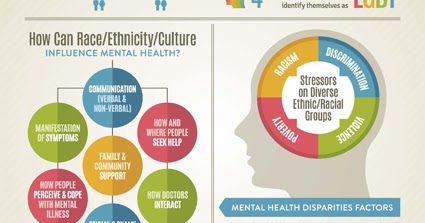In Search of Antioxidants
 Antioxidants are organic molecules so large and complex they are able to donate an electron or two to free radical molecules that have unpaired electrons. The free radicals are the bad actor molecules that go around “stealing” electrons from other molecules. The electron theft causes oxidation and, in living organisms, can result in cell damage. Excessive oxidation is associated with infection and inflammation, and when it’s unchecked, can lead to chronic, systemic, inflammatory diseases such as diabetes, rheumatoid arthritis, cardiovascular disease, and many others.
Antioxidants are organic molecules so large and complex they are able to donate an electron or two to free radical molecules that have unpaired electrons. The free radicals are the bad actor molecules that go around “stealing” electrons from other molecules. The electron theft causes oxidation and, in living organisms, can result in cell damage. Excessive oxidation is associated with infection and inflammation, and when it’s unchecked, can lead to chronic, systemic, inflammatory diseases such as diabetes, rheumatoid arthritis, cardiovascular disease, and many others.
Scientists agree that antioxidants have great health benefits. But how do you get them?
There are two primary ways to deliver antioxidants to the body. One is topically, as seen in high-end skin care products or antioxidant toothpastes and other oral care products. The other is through ingestion.
Scientists, doctors and nutritionists have been saying for decades that the very best source for ingested antioxidants is fresh foods. Fruits, vegetables, berries, nuts and some whole grains are jumping with antioxidants and other healthy components. People who eat a varied diet, heavy on the fruits and veggies, are usually getting ample antioxidants.
But since someone discovered how to isolate and synthesize antioxidants and vitamins in the mid-twentieth century, food and beverage manufacturers have struggled mightily to amplify their products with more healthy ingredients. Vitamins have been in vogue for several decades. In just the past couple of decades, antioxidants have become all the rage.
Antioxidant beverages, antioxidant additives, antioxidant pills. Consumers need to be cautious and canny about many antioxidant-infused products because not all antioxidant sources are equal. Different foods-even natural foods-can vary by factors of a thousand in the content of antioxidants. Spices and herbs tend to exceptionally high. Also, berries, fruits, nuts, chocolate, and vegetables have high antioxidant values. An internet search can be helpful in determining the actual antioxidant potential.
Processed foods, beverages, or supplements may contain one or more synthesized antioxidants, but it can be difficult to be sure they are in the proper form or concentration to be effective.
Topical antioxidants, applied directly to skin or other surface cells, are newer products. Here, too, consumers should be cautious about how effective a skin cream or antioxidant toothpaste or other product might be. Research to understand the types of antioxidants and the science behind the product is advisable.
If you’re serious about taking advantage of the health benefits of antioxidants, stick with eating a great diet and searching out high-quality topical products, such as antioxidant toothpaste, oral care or skin care items.
